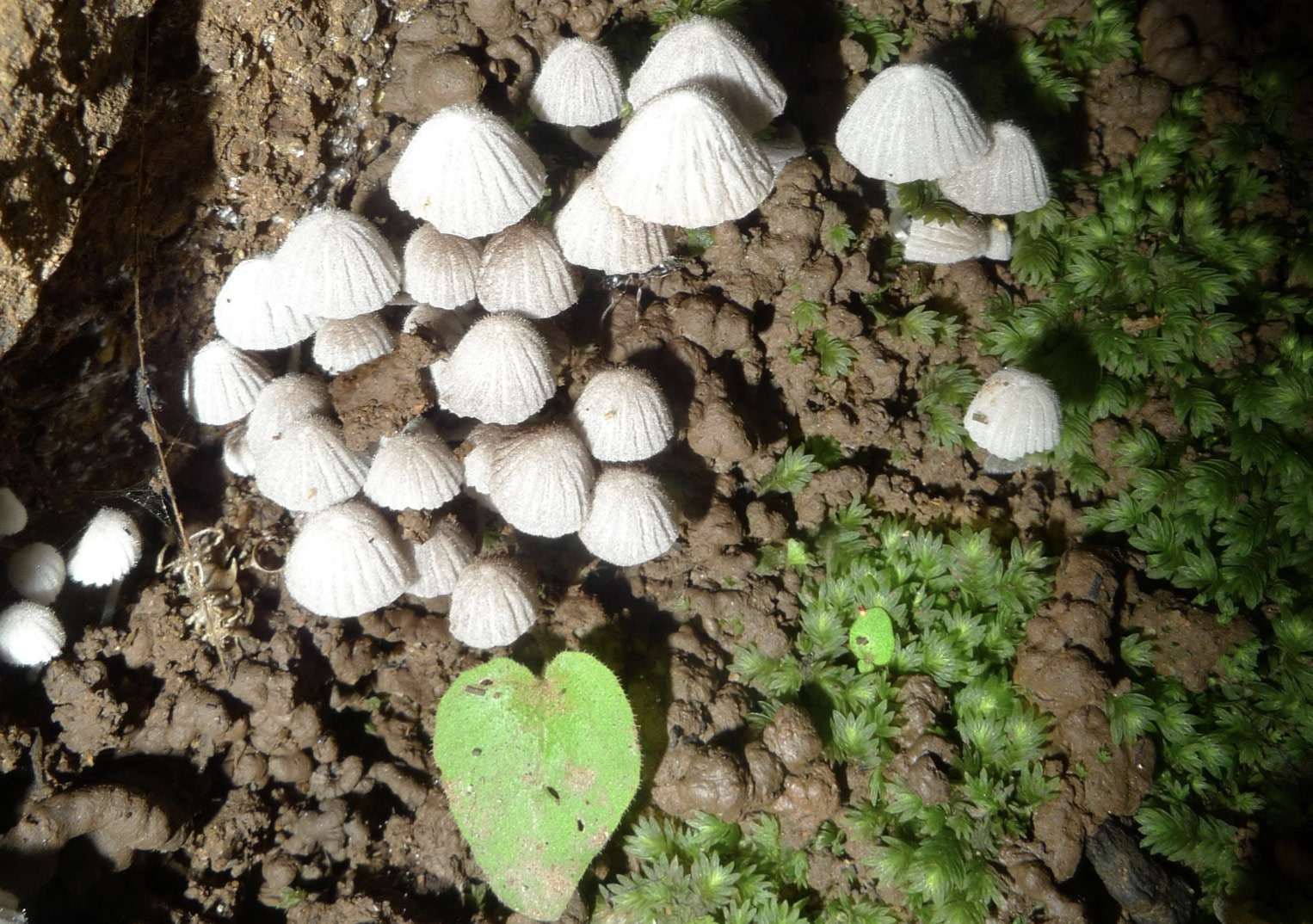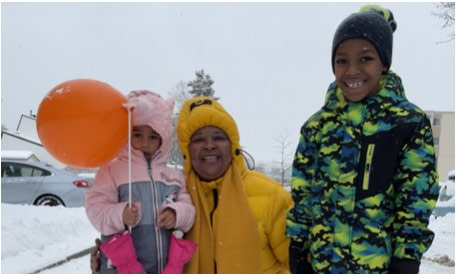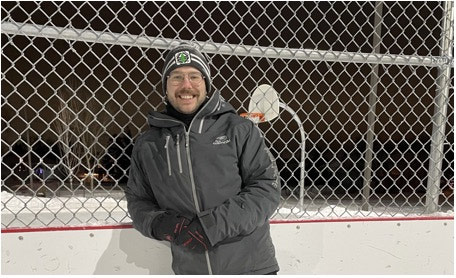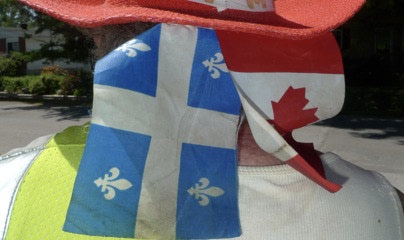Mushrooms can kill: Identification a life and death matter

Many people enjoy foraging in the wild for edible plants. It’s a traditional pastime for many of us, and the enjoyment of seeking and finding plants such as fiddlehead ferns and mushrooms is a way to marry our love of nature to eating the freshest of local foods.
However, some wild plants contain toxins that can harm or even kill us.
Therefore, it’s absolutely crucial that we can identify the plants we gather and ingest. It’s important to thoroughly comprehend that not everything that “grows naturally” in the wild is safe to eat. Moreover, just because you see a mushroom being eaten by a red squirrel or other critter doesn’t mean human beings can safely eat it.
Don’t rely on Facebook
Recently, there have been several posts on Facebook depicting photos of mushrooms. People post and ask for identification, wondering whether they are edible.
This is one instance where we must not rely upon social media platforms such as Facebook, Twitter, Snapchat, or Instagram to identify a plant.
Why? Because many mushrooms look similar to one another. One might be edible; the other may be slightly toxic; another might be deadly.
Grave concerns: pun intended
After seeing a post on Facebook about which I was concerned, I wrote this reply:
“I want to emphasize something: Mushrooms can kill us. We must not be flippant about their visual identification by photographs and sharing. If you do not know what a mushroom actually is, through spore prints, through careful and exact identification, then please do not eat it. The toxins that some species contain can destroy our livers, and otherwise create either severe gastric disorders through to death. So, go with a person who knows how to identify mushrooms. As a result of going on several mushroom foraging walks with knowledgeable people, I’m gaining confidence, but frankly, I’ve stayed with my original four species which I eat -- unless I’m with one or more of these people. Frankly, making an error is simply not worth it.”
Let me be clear: an “error” that can kill us can easily occur.
On October 11, a three-year-old boy in Victoria, BC died. He had eaten a poisonous death-cap mushroom which he and his parents picked while foraging together. The CBC news report noted, “It is the first recorded death in B.C. from a death cap mushroom, also known as Amanita phalloides, which kills more people than any other mushroom worldwide.”
How to learn?
First? Get a good mushroom identification book and/or a good “app.” Google “mushroom identification app” to find resources. Regarding books, there are many: the one that was recommended to our group on a recent mushroom identification walk with Macnamara Field Naturalist Club is “Mushrooms of Ontario and Eastern Canada” by George Barron.
Second? Join a field naturalist group such as the Macnamara Field Naturalists’ Club. Based in Arnprior, several of us Pontiac residents are members and the club’s meetings and outings are worthwhile. (info@mfnc.ca) Also try Ottawa Field Naturalists’ Club (ofnc@ofnc.ca)
Third? Learn about the parts of a mushroom which help you to identify them (take care because fungi can look identical). And, learn how to take spore prints: spores (the fruiting bodies) are miniscule and hard or impossible to see on the gills/underside of a mushroom. Taking spore prints is a crucial way of being more sure you have an edible fungi. Note I say “more sure.”
Fourth? If you are interested in foraging for mushrooms, try to find people in your community who are actually knowledgeable about identification who might be willing to take you out.
Again: I repeat, never eat a mushroom which you are unsure about. Ever.
Contact Katharine Fletcher at fletcher.katharine@gmail.com
continue reading






